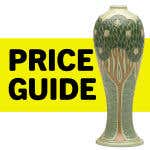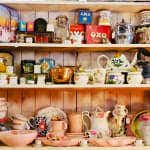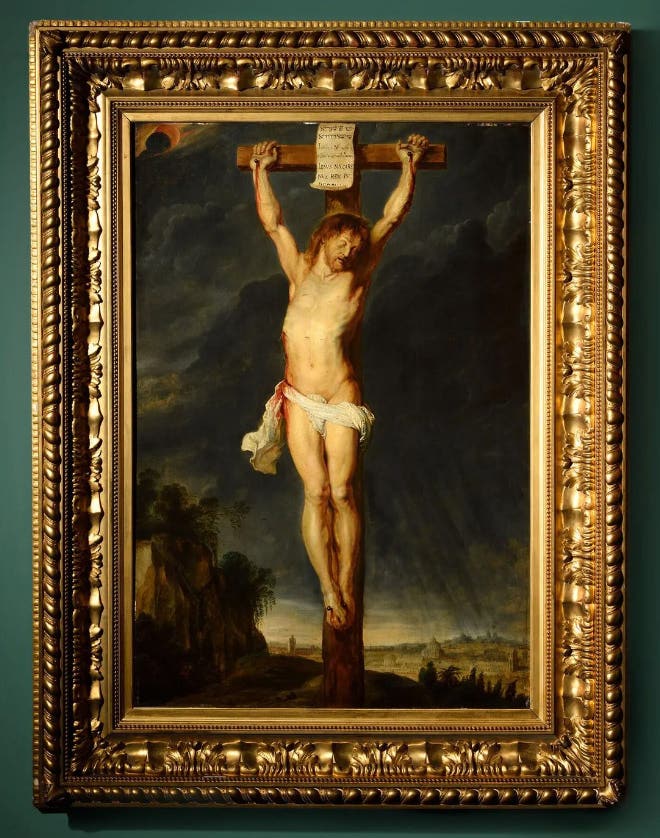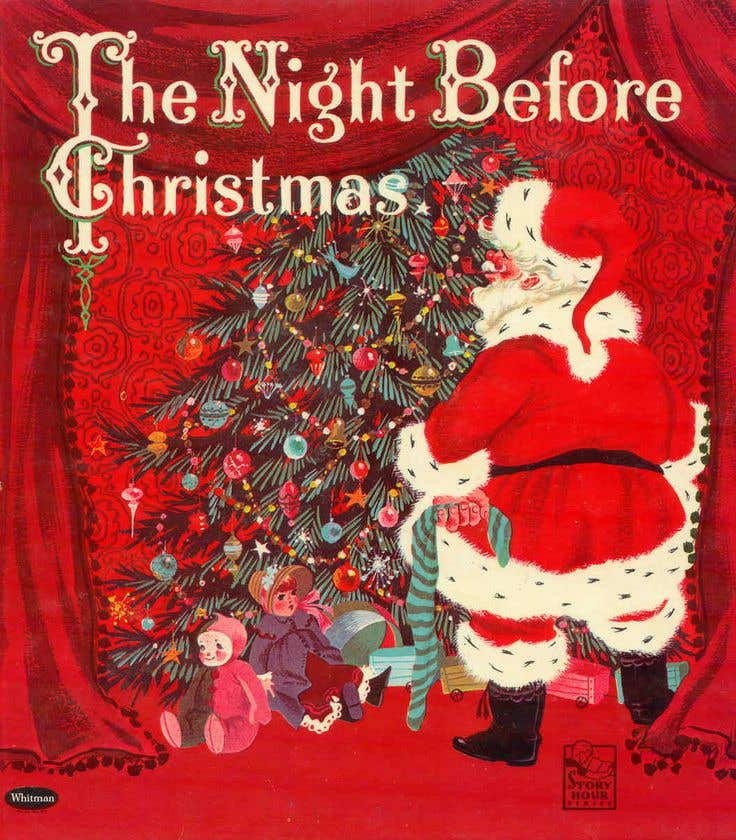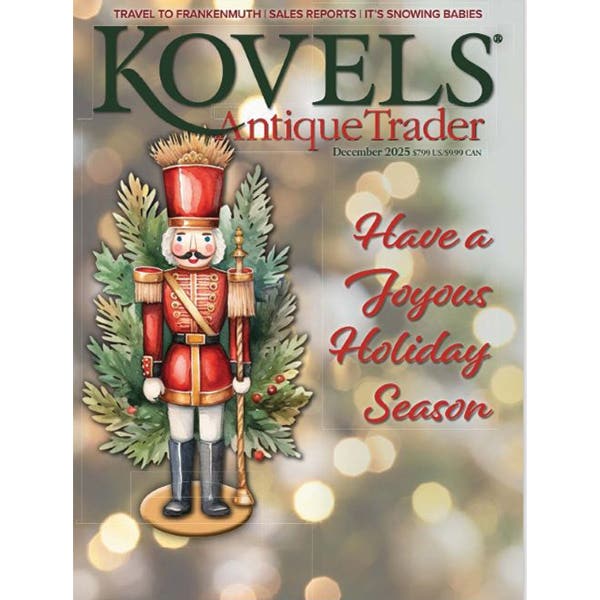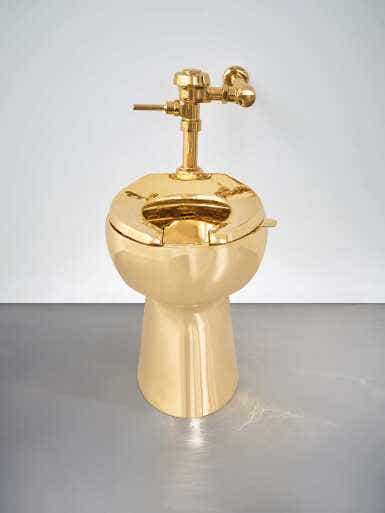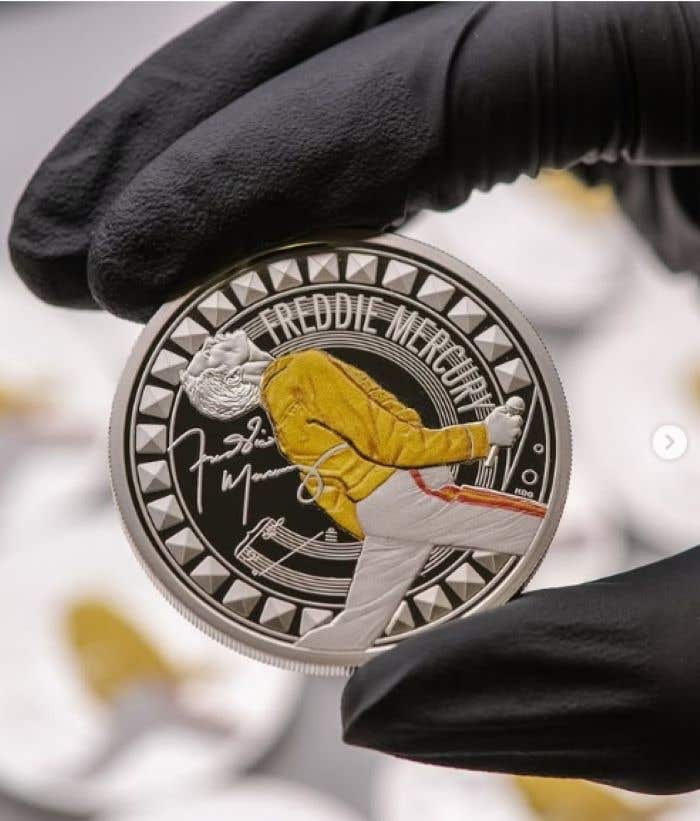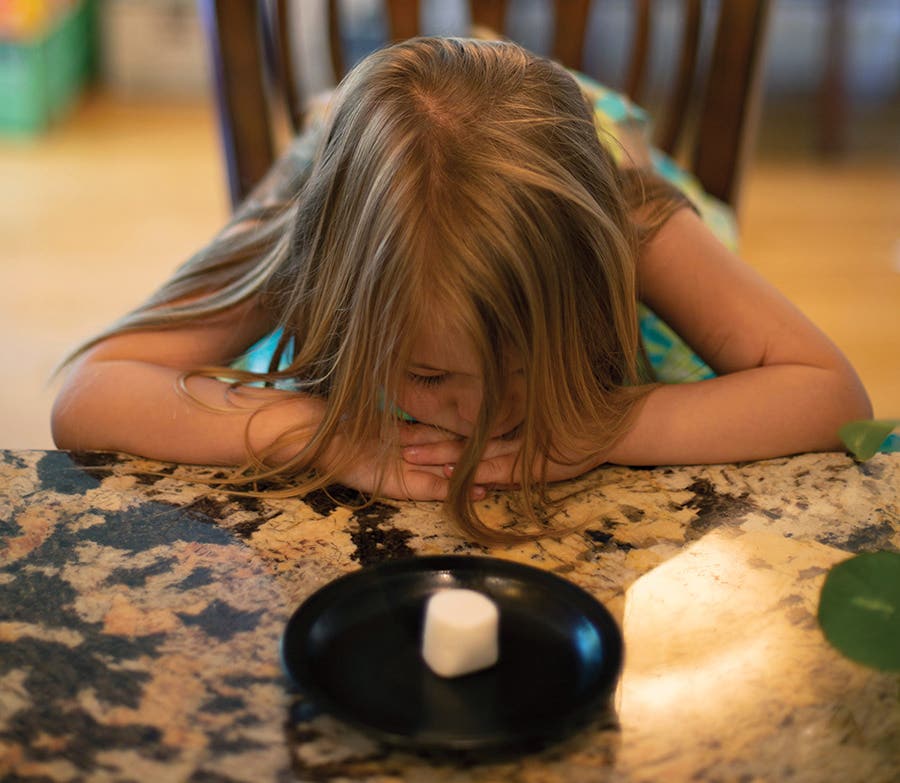Medieval Mystery in a Canadian Thrift Shop
A $30 bundle of rings and medallions may turn out to be centuries-old artifacts, now under study at Simon Fraser University.
A $30 thrift store purchase in Chilliwack, British Columbia, has become a possible medieval mystery. A customer, with an apparent background in archaeology, was shopping at the Thrifty Boutique, run by the Chilliwack Hospice Society. They picked up eleven rings and two medallions before realizing the unusual designs might be significant. The collection was purchased and donated to Simon Fraser University’s Museum of Archaeology and Ethnology, where experts are now investigating.
“This is an incredibly exciting donation and an amazing opportunity for students here at SFU,” said Sabrina Higgins, associate professor of global humanities and archaeology. “It will take at least a semester, if not longer, to piece together the origins of these artifacts.”
Initially, experts thought that the pieces might date to the Roman era. However, Higgins believes that they originated during the medieval period. “The shapes, designs and construction make me think that these are medieval, as the Romans typically used slightly different materials and techniques,” she said.
Against Time and Chance
Now housed at SFU’s Museum of Archaeology and Ethnology, the artifacts will be carefully analyzed. Museum director Barbara Hilden spoke to the rarity of the survival of the rings and medallions:
“The fact that these items continue to exist is quite extraordinary. If they are hundreds or thousands of years old, then at any point along the way they could have been lost, broken or discarded. Yet they’ve been kept, preserved, and now they’re entering a new chapter.”
SFU plans to make the finding a cornerstone of its teaching. Starting in 2026, a new archaeology course will allow students to examine the objects firsthand while also grappling with the ethical challenges of the antiquities trade.
Cara Tremain, assistant professor in SFU’s Department of Archaeology, explained: “Opportunities like this are incredibly rare. Students will get the chance to directly confront some of the ethical questions that the museum faced in accepting this collection under these circumstances.”
The question of provenance remains critical. If the artifacts were taken from their original context, valuable cultural information may have been lost, but without recognition and preservation, they might never have been studied at all.
Priceless Finds or Skillful Fakes?
Researchers caution that the items could be modern forgeries, but they provide valuable teaching tools. Higgins and Tremain believe that the artifacts are worth investigating. “What we’re doing is essentially being detectives – we’re trying to recover the story of these items,” Tremain explains. “They could offer up new information that may change the way we think about that culture or history.”
The course will conclude with a public exhibition at SFU’s museum, inviting visitors to consider the artifacts' history and the ethical challenges of studying items with undocumented origins.
You may also like:
